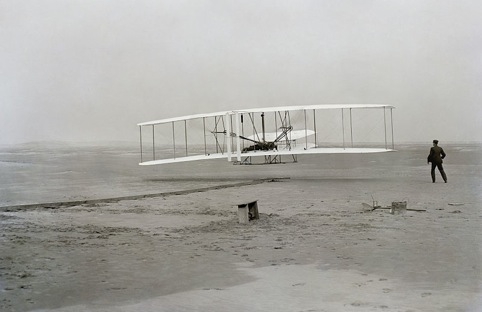The uncharacteristically down-beat article - which can be read in its entirety here - reported that with a few exceptions - such as the Sikorsky biplane and a French air mail service running between Paris and Nice - most notable aircraft development was targeted at military applications. ‘A study of recent aeroplane progress and invention seems,’ said The Engineer, ‘to point quite clearly to the deduction that there is a tendency to concentrate attention more and more exclusively on the craft as instruments of war.’
The reporter put this down to a number of imperfections in contemporary aircraft design that made the running costs too high for civilian operation.

But despite admitting that there was still plenty of room for improvement - in for instance, the control of the wings and the efficiency of the propulsion systems of the day - The Engineer was still unconvinced that aircraft would have much of an impact beyond the battlefield.
‘If we take into consideration the performances of to-day we are bound to admit that before the aeroplane establishes itself as a means of commercial transport the improvements effected will have to show not simply a perceptible reduction in the running expenses, hut one so huge as to be beyond the hopes of the most enthusiastic.
‘It seems certain that there is practically no chance of its becoming a commercial means of transport,’ concludes the article.




Project to investigate hybrid approach to titanium manufacturing
What is this a hybrid of? Superplastic forming tends to be performed slowly as otherwise the behaviour is the hot creep that typifies hot...